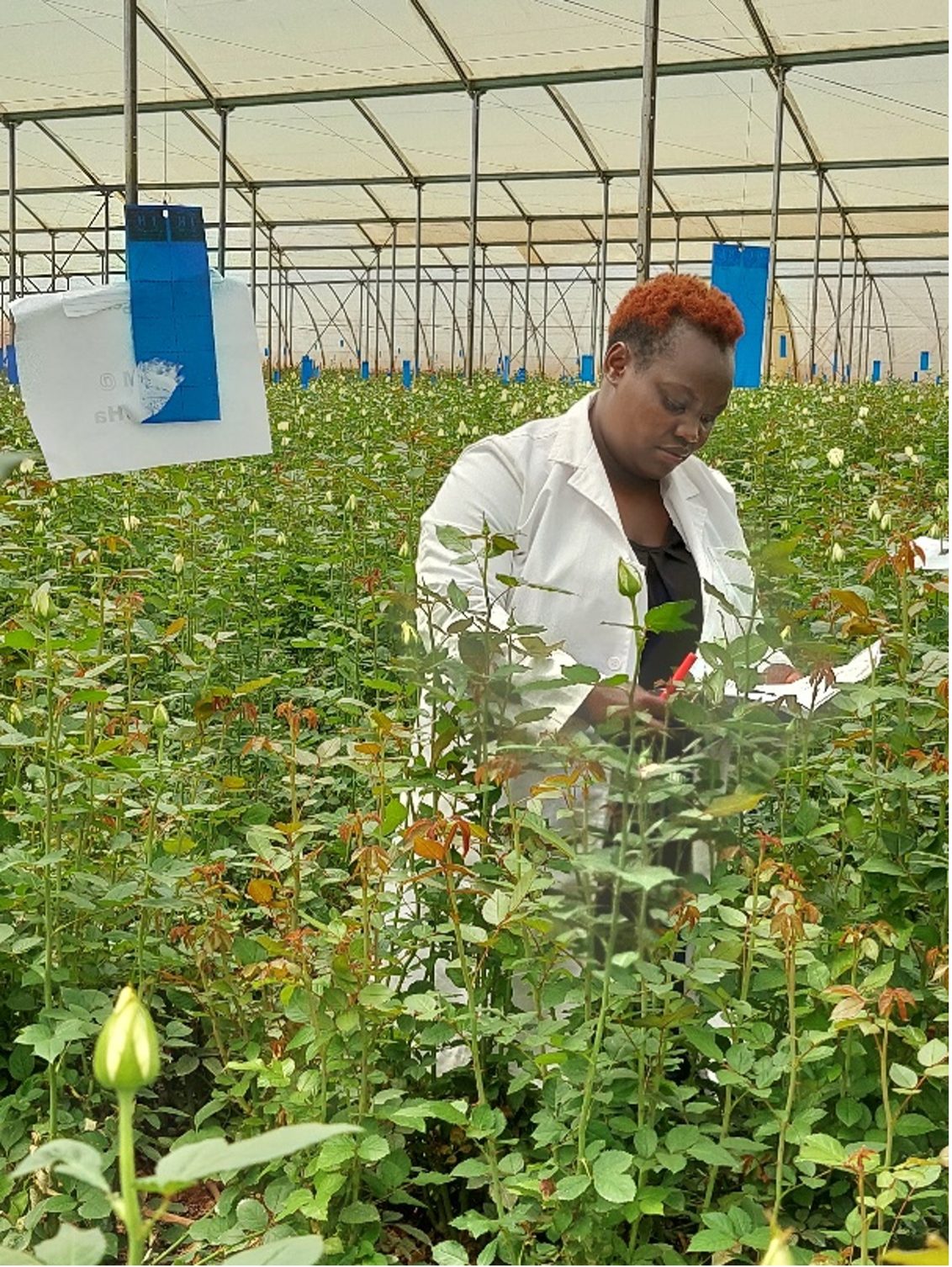Integrated pest management for sustainable agriculture
Integrated Pest Management (IPM) is an effective and environmentally sensitive approach to pest management that relies on a combination of common-sense practices. IPM programs use current, comprehensive information on the life cycles of pests and their interaction with the environment. This information, in combination with available pest control methods, is used to manage pest damage by the most economical means, and with the least possible hazard to people, property, and the environment.
IPM is a critical component of sustainable agriculture which provides the most cost effective, environmentally sound and socially acceptable method of managing diseases, insects, weeds and other pests in agriculture. By using a combination of methods to control pests, IPM reduces the reliance on chemical pesticides, protects beneficial organisms, reduces environmental impact, and maintains a healthy ecosystem. The use of IPM practices can also improve pest control and reduce the risk of developing pesticide-resistant pests, while being cost-effective in the long run. Furthermore, by implementing IPM, growers can comply with environmental regulations related to pesticide use and contribute to a sustainable agriculture system.

Overall, IPM is an effective and sustainable approach to pest management in agriculture. It considers the complex interactions between crops, pests, and the environment, and seeks to minimize the negative impacts of pest control while still maintaining yields and protecting the environment. By using a combination of strategies, including cultural control, biological control, chemical control, and monitoring and decision-making, IPM offers an alternative to traditional pesticide-based pest control methods. This makes IPM an important component of sustainable agriculture, as it helps to ensure that the needs of the present are met without compromising the ability of future generations to meet their own needs.